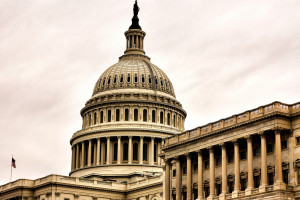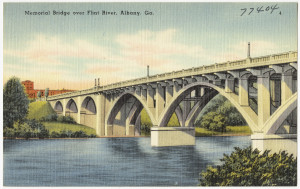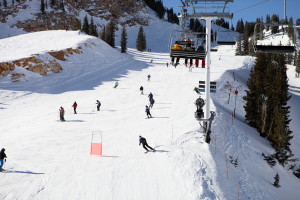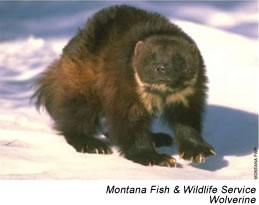This blog, although not brief, is a brief report on some of the significant environmental law and administrative cases decided in late December and the first quarter of 2016.
U.S. SUPREME COURT
FERC Final Rule re Demand Response Valid. On January 25, the Court, in FERC v. Electric Power Supply Assoc., reversed the D.C. Court of Appeals which had held that a final rule of FERC governing the “demand response” in which operators of wholesale electricity markets (regulated by FERC) pay electricity consumers (arguably subject only to state regulation) for commitments not to use electricity at certain times (such as those times when the demand for this power is greatest) was invalid. The Court held that the rule does not cross the lines setting the boundaries between the states and the federal government regarding the exercise of regulatory power over the sale of electricity.
 Gravel2Gavel Construction & Real Estate Law Blog
Gravel2Gavel Construction & Real Estate Law Blog







